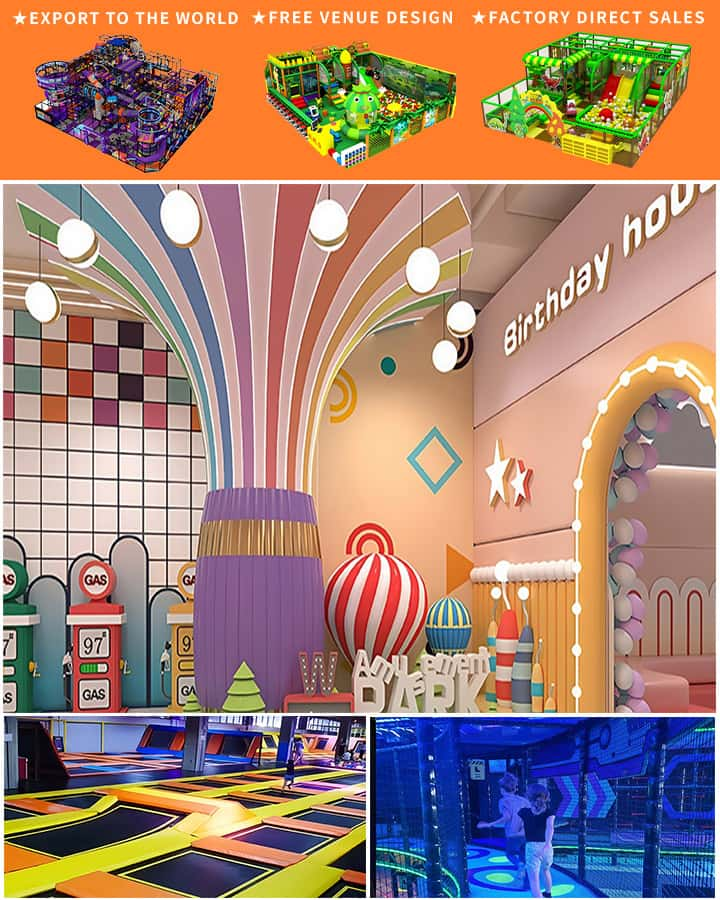Installing playground equipment can transform a community space, offering children a place to play and adults a spot to unwind. However, understanding the financial commitment involved in playground equipment installation is crucial for any planning effort. Several factors influence these costs, making it essential to consider each aspect before embarking on a project.
Types of Playground Equipment
The type of playground equipment you choose significantly affects the overall cost. Basic structures like swings and slides are generally less expensive to install compared to complex setups like climbing towers or zip lines. Custom designs and inclusive playgrounds, which cater to children with disabilities, may also come with higher costs due to specialized materials and construction requirements.
Material Costs
Material costs vary based on the quality and durability of the playground equipment. High-quality, weather-resistant materials such as recycled plastics, treated wood, and metal alloys tend to be more expensive upfront but offer longevity and lower maintenance over time. Lower-quality materials might reduce initial expenses but could result in higher long-term costs due to frequent repairs or replacements.

Labor and Installation Expenses
The labor involved in installing playground equipment can also add significantly to the total cost. Professional installation ensures that the equipment is set up safely and securely, complying with local regulations and safety standards. The complexity of the equipment and site conditions—such as uneven terrain—can influence labor costs. Obtaining multiple quotes from different contractors can help manage and compare these expenses.
Site Preparation and Safety Surfacing
Before playground equipment can be installed, the site often needs preparation, which includes clearing the area, leveling the ground, and possibly adding drainage solutions. Additionally, safety surfacing materials like rubber mats, wood chips, or sand are essential to cushion falls and prevent injuries. These preparatory steps and surfacing materials constitute a substantial portion of the overall budget.
Permits and Inspections
Local regulations may require permits for playground installations, which come with their own set of fees. After installation, an inspection by local authorities is typically necessary to ensure the playground meets all safety standards. Both the permitting process and subsequent inspections contribute to the total project cost.
Maintenance Costs
While not part of the initial installation expense, ongoing maintenance is an essential factor to consider. Regular inspections, cleaning, and minor repairs are necessary to keep the playground safe and functional. Investing in high-quality materials and professional installation can reduce long-term maintenance costs but should still be factored into your budget.
Conclusion
The cost of installing playground equipment encompasses various elements, from material selection to labor and regulatory compliance. By carefully considering each component and obtaining detailed quotes, communities can plan effectively and ensure their investment provides a safe and enjoyable space for years to come. Proper budgeting and thoughtful planning will make the playground installation process smoother and more cost-effective, ultimately benefiting the entire community.




